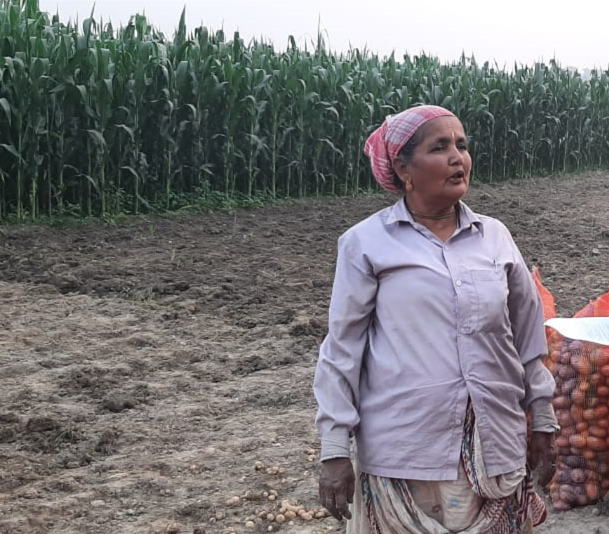Value chain in Hills

Value chain development is an important aspect of agribusiness. Developing value chain in hills is a big challenge.
Agribusiness value chain should be developed in such a way that the farmer’s i.e. primary stakeholder/producer can maximize its benefit. Such value chains infact are more effective and sustainable.

The primary stakeholder/producer provides the raw produce in a value chain. There are 3 aspects are important in any Agribusiness value chain
- Quality of the raw produce
- Quantity of produce
- Regularity of raw produce supply in value chain
Constraints of Value chain in Hills
There are few constraints in way to fulfill the requirements of quality, quantity and regularity.
These are:-
- In hill Agriculture, land holdings are quite small and scattered
- The farmers are yet to follow upcoming new technologies and hence productivity is less. This reduce the chances of profit maximization by them
- Hills are the source of many rivers. But the reality is that most of the farmers fail to provide assured irrigation.
- The connectivity of roads is poor. Even if road connectivity is there, the monsoon rains in peak harvesting time cause frequent land slide.
- The mobile network coverage in hills are poor. This limits the tie up and effective conversation for business
But at the same time the hill value chain has certain specificities that open a wide scope of value chain development. The hills value chain has comparative advantage over plains:-
- The produce especially vegetables are off seasonal in hills
- Most of the produce in hills is organic as they are grown by feeding nutrients in form of FYM, Vermicompost etc.
Scope for value chain development in hills
In hills the value chain can be developed for following Agriculture activities:-
- Off season vegetables
- Spices –especially ginger and garlic
- Flowers to capture Delhi and nearby areas
- Malta
- Bay leaf (Tejpatta)
- Ocimum (Tulsi)
- Lemon grass
- Wild Apricot
Definitely, the hill value chain require an indepth and a bit different understanding so that a standard approach can be developed




